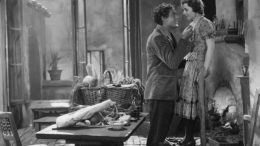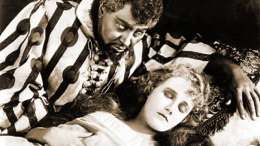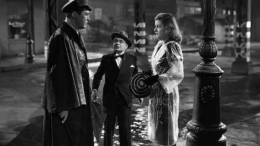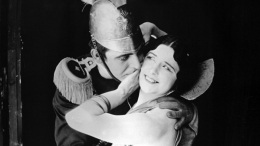In London, Doctor Henry Jekyll (John Barrymore) divides his time between the poor in need of care and his scientific research. Struck by the insinuations of Sir George Carew, father of his future wife Millicent, about the true nature of human righteousness, Jekyll decides to conduct laboratory experiments on a series of products capable of separating the good and evil in each individual’s personality. After succeeding in obtaining a particular chemical composition, he chooses to experiment on himself, thus transforming himself into a man dominated by evil. Blinded by success, Jekyll repeats the experiment, alternating several times between his two identities, between blameless behaviour and total transgression: when he is Hyde, Jekyll frequents the most underworld places in Soho, makes a young woman a slave to his desires and indulges in gratuitous acts of violence. The effects of the serum soon become uncontrollable and Hyde eventually overtakes Jekyll. John Stuart Roberston’s film is the most famous adaptation of Stevenson’s short novel in the silent film era.
– FIRST PROJECTION: 30 APRIL 1920.
subject: Novel by Robert Louis Stevenson
script: Clara S. Beranger
photography: Roy F. Overbaugh
scenography: William Cameron Menzies, Clark Robinson
other titles: Dr. Jekill and Mister Hyde, Docteur Jekyll et Mister Hyde, Il Dottor Jekyll e Mister Hyde
color: Bianco & Nero
taken from: NOVEL "THE STRANGE CHASE OF DR. JEKYLL AND MR. HYDE" BY ROBERT LOUIS STEVENSON (1886).
production company: ADOLPH ZUKOR PER FAKOUS PLAYERS - LASKY CORPORATION
distribution: PARAMOUNT PICTURES
Su gentile concessione dell'Ente dello Spettacolo





